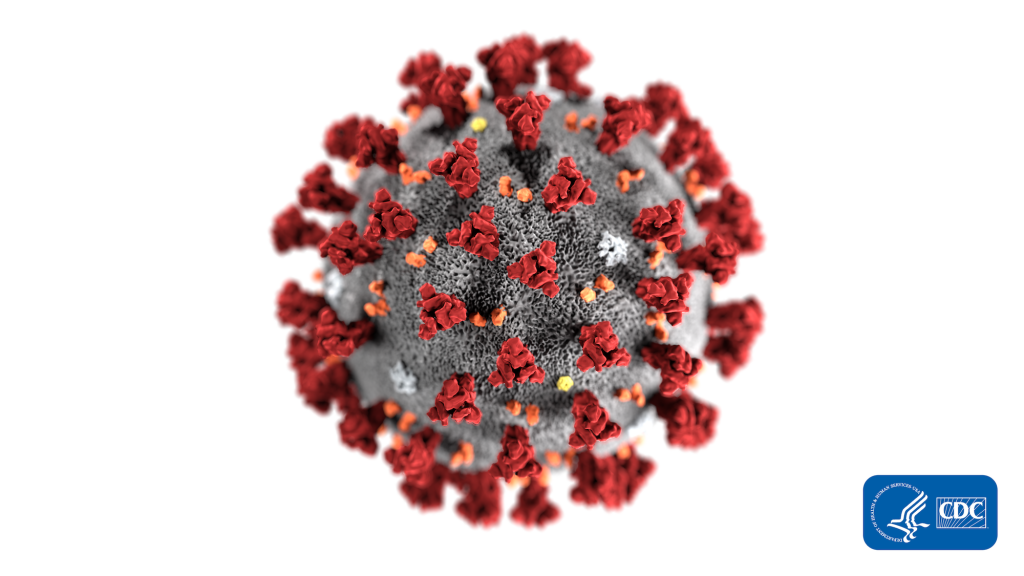What is SARS-CoV-2?
Unlike your everyday, common-cold-causing coronavirus, every few years a new variant of coronavirus emerges that ravages the body’s organs and the new disease—dubbed COVID-19 by the World Health Organization—is no exception in its most severe manifestation. Much remains unknown about the novel coronavirus that is currently causing panic around the world but we do know that the new virus is a Betacoronavirus, like MERS-CoV and SARS-CoV, both of which have their origins in bats and cause severe illness in people. The new strain is genetically closely related to SARS-CoV, and therefore has been named SARS-CoV-2.

Because of the low observed genetic variability between currently available SARS-CoV-2 isolates, the virus probably emerged sometime in November or December of 2019 and quickly gained a foothold in the human population, surpassing the death toll of SARS within weeks. If the outbreak can’t be contained, there’s no telling how widely it will spread or how long it will last.
For most patients, SARS-CoV-2 causes flu-like symptoms that start out with a fever and cough that progresses to pneumonia. But in the most severe cases, immune cells flood the lungs trying to clear away the damage and repair lung tissue. Normally, this process is highly regulated but when the immune system spirals out of control, healthy tissue is attacked causing even more damage, which can result in respiratory failure.
